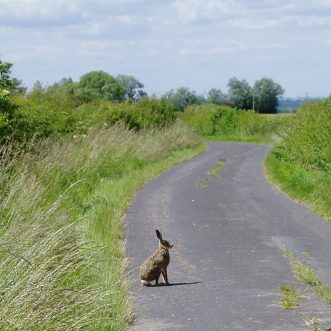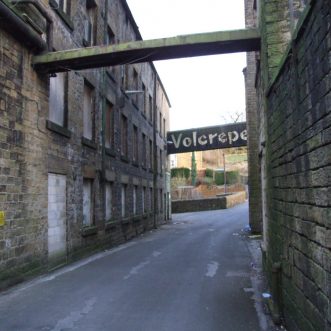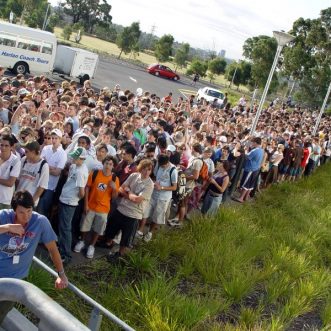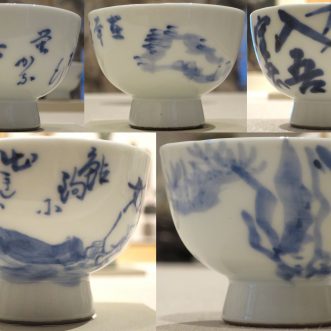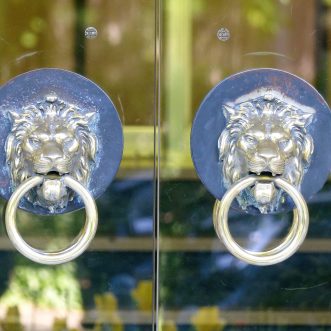
Growing up
The thing my mum hated most about her role in our family was that she was the one who nagged us. To tidy our rooms, do our homework or put our clothes in for washing.
Because, as all grown-ups know, getting things in good order doesn’t happen by accident. There is no ‘housework fairy’ that does it all by magic.
There isn’t a book-keeping fairy either. Although many small business owners seem to think there is. There’s only your poor accountant trying to drag the information out of you in time for the deadline, or ploughing through that jumbled bag of receipts you’ve handed in, trying to make sense of them for your tax return.
One of the best things my mum did for us was to go on strike. It helped us grow up and take responsibility for keeping our own order.
Perhaps its time accountants did the same. Because keeping your business in order is far more important than housework. It’s the foundation for growing up.

